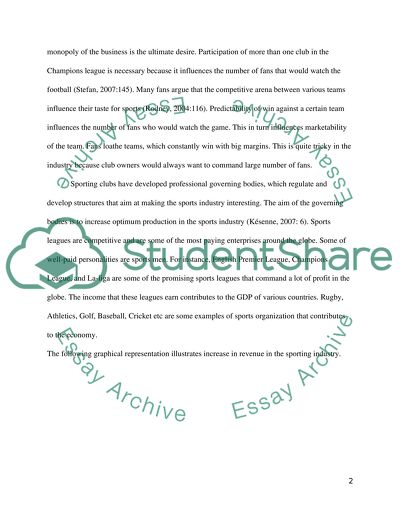Cite this document
(“The Influence of the Professional Sports Leagues Research Paper”, n.d.)
The Influence of the Professional Sports Leagues Research Paper. Retrieved from https://studentshare.org/sports-and-recreation/1439587-in-professional-team-sports-the-objectives-of-the
The Influence of the Professional Sports Leagues Research Paper. Retrieved from https://studentshare.org/sports-and-recreation/1439587-in-professional-team-sports-the-objectives-of-the
(The Influence of the Professional Sports Leagues Research Paper)
The Influence of the Professional Sports Leagues Research Paper. https://studentshare.org/sports-and-recreation/1439587-in-professional-team-sports-the-objectives-of-the.
The Influence of the Professional Sports Leagues Research Paper. https://studentshare.org/sports-and-recreation/1439587-in-professional-team-sports-the-objectives-of-the.
“The Influence of the Professional Sports Leagues Research Paper”, n.d. https://studentshare.org/sports-and-recreation/1439587-in-professional-team-sports-the-objectives-of-the.


